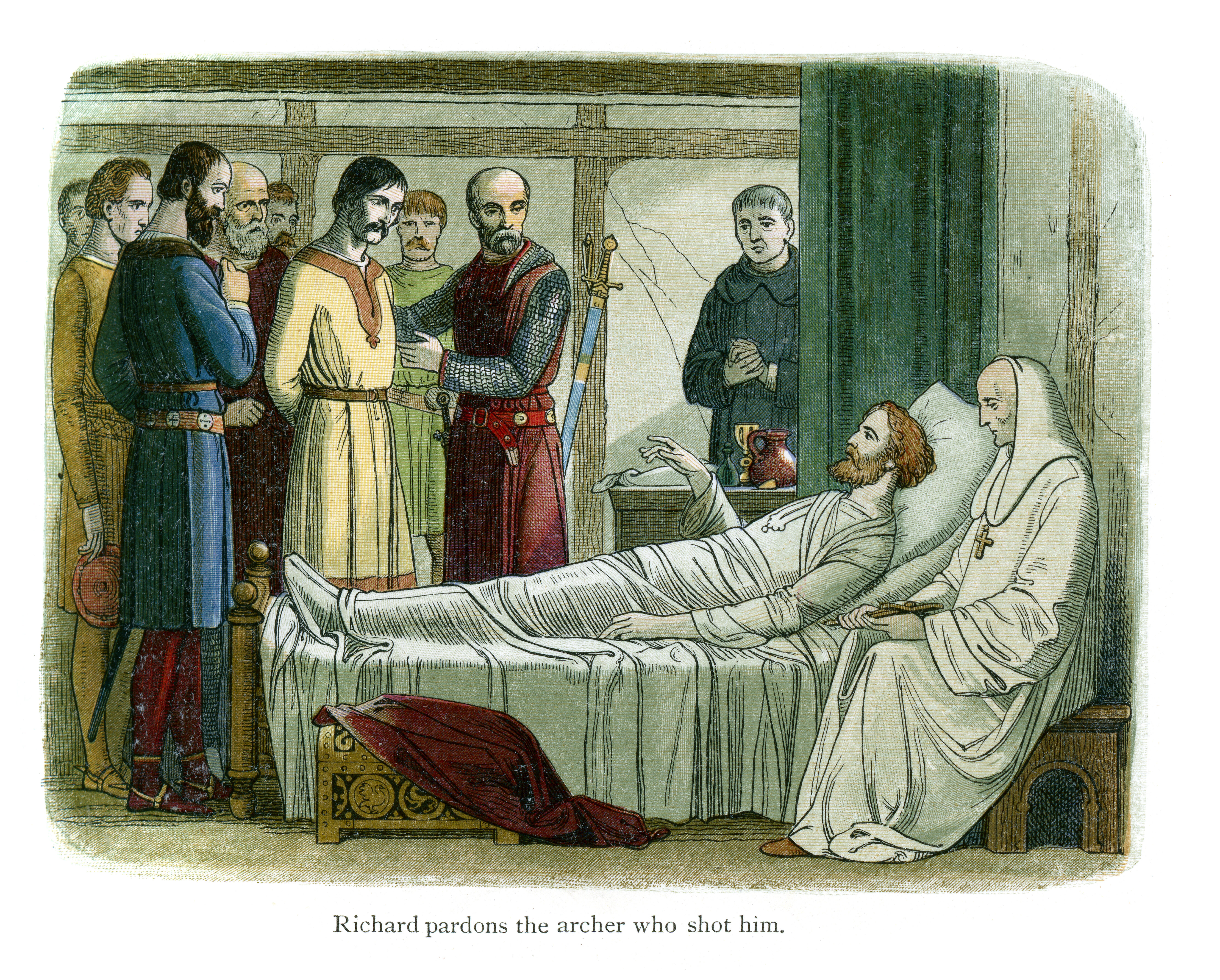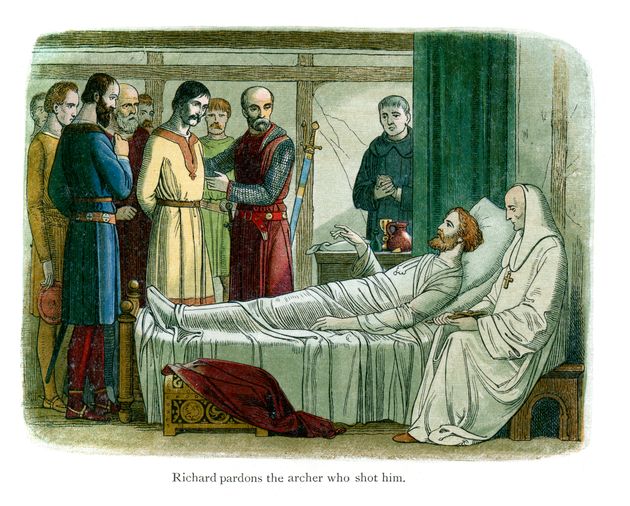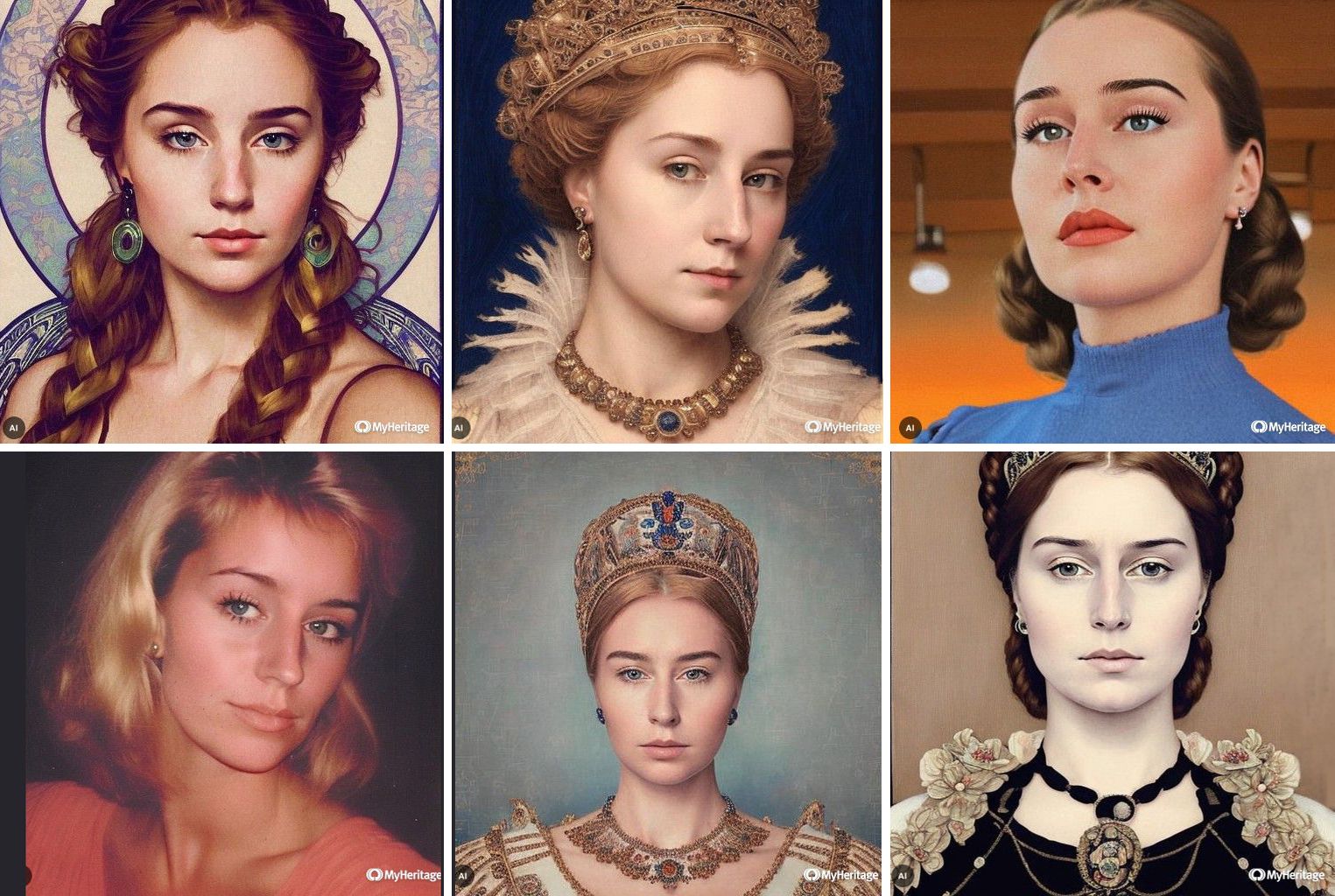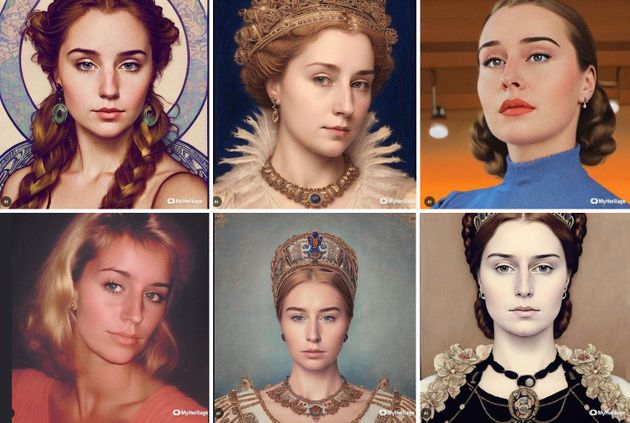These days, it seems like more people are traveling than ever. So it makes sense that many travellers are seeking unique experiences that don’t feel like the same standard vacation everyone else is taking (and posting about on social media).
Fortunately, there are plenty of fresh and fulfilling types of trips you can take ― from “destination dupes” to “mystery travel.” But a particularly meaningful option is “heritage travel.”
Advertisement
Below, travel experts break down this approach to travel and what you should know before you plan a heritage trip.
What is heritage travel?
“Heritage travel is when you explore destinations tied to your ancestry or cultural roots,” said Gabby Beckford, founder of the travel site Packs Light. “It’s about discovering more about yourself, your family stories, and your overall identity by traveling to places where you are, in some part, ‘from.’”
People interested in heritage travel ― which is also known as genealogy tourism, ancestral travel, roots tourism and DNA tourism ― can plan vacations around their family lineage and walk the path of their ancestors. This is all much easier to do in the age of services like 23andMe, AncestryDNA and MyHeritage.
Advertisement
“It’s been popular for years already, but I think it’s really grown since the advent of at-home DNA testing products,” said Laura Motta, the senior director of content at Lonely Planet. “They can give people a ton of insight into where their families are from.”
For many, these home kits have awakened a desire to connect with their history and experience aspects of their ancestors’ culture firsthand. Now, companies like Ancestry are offering special guided heritage travel opportunities to customers who want to gain a greater understanding of their family’s past. Options include ancestral home visits, genealogy cruises and personal guided tours.
Heritage travel is increasingly common in places that experienced mass emigration or forced removal at some point and therefore have a large diaspora community in other parts of the world. Examples include Ireland, Ghana and Italy (as seen in Season 2 of HBO’s “The White Lotus,” which featured a three-generation Sicilian American family returning to their ancestral roots in Testa dell’Acqua).
Advertisement
“Lots of countries and communities are working to enable and encourage heritage tourism, which makes complete sense. It’s big business,” Motta said. “Tour operators and tourism boards often have information to help you get started.”
Heritage travel can also refer more broadly to any type of tourism that involves visiting historic and cultural sites and immersing yourself in the destination’s past and present way of life. And this certainly applies to ancestry-focused tourism.
“Reconnection to the past is at the central core of heritage travel,” said Katy Nastro, a travel expert and spokesperson for the Going travel app. “A type of travel designed to better engage a traveler with the cultural heritage of a place, heritage travel is more about understanding a destination through genuine traditions and experiences rooted in history.
Advertisement
What are the benefits of heritage travel?
There are many reasons why heritage travel might appeal to tourists.
“It can be really fascinating and can help connect people to their ethnic and cultural roots,” Motta said. “Of course, heritage tourism can mean very different things to different people. You might be chasing a complicated paper trail of baptism certificates and immigration records in Ireland, or finding your family’s former home in California, or learning about rituals that your ancestors performed in Ghana.”
Beckford said she personally finds the heritage travel trend to be very exciting.
“As someone who is multiracial, I understand that in a world that likes to put people into neat categories, not fitting perfectly into one can feel alienating,” she noted. “I believe knowledge is power, and traveling back to where your ancestors came from to understand how you became the person you are today can be not only fascinating but healing for many people like me.”
Heritage travel can take many forms and include a wide range of experiences. People may have different goals and approaches to their ancestral journeys.
Advertisement
“I see many families, particularly second and third generations, taking heritage trips to reconnect with rituals, traditions, religions, holidays, or even to honour specific family members who have passed,” Beckford said.
By taking a heritage-focused trip, you have the opportunity to truly immerse yourself in the local culture and history as well.
“Travellers more and more are seeking an authentic travel experience, away from uber-popular tourist traps, traveling more purposefully,” Nastro said. “There is no better way to understand your current surroundings than by walking through its past.”
Advertisement
She added that you don’t necessarily need to design an entire vacation around heritage travel, but can instead incorporate it through specific activities or experiences in your trip.

Gerhard Pettersson / 500px via Getty Images
Here’s what else you should know before trying this trip.
Although there are many benefits to these kinds of trips, heritage travel is not an inherently positive experience.
Advertisement
“History is messy. Families are complicated,” Motta said. “There are plenty of reasons why people become estranged from their families and heritage. Chasing your personal history can lead to discoveries that are uncomfortable, unpleasant and even contradictory. For most, the upsides far outweigh this, but it’s something to consider.”
Another downside is the potential for mismanaged expectations.
“Visiting your ancestral lands may or may not provide the healing someone might be seeking,” Beckford said. “These places and their people naturally change and evolve with time, and some travellers might put too much pressure on a destination to be what they need it to be, rather than accepting it for what it is.”








